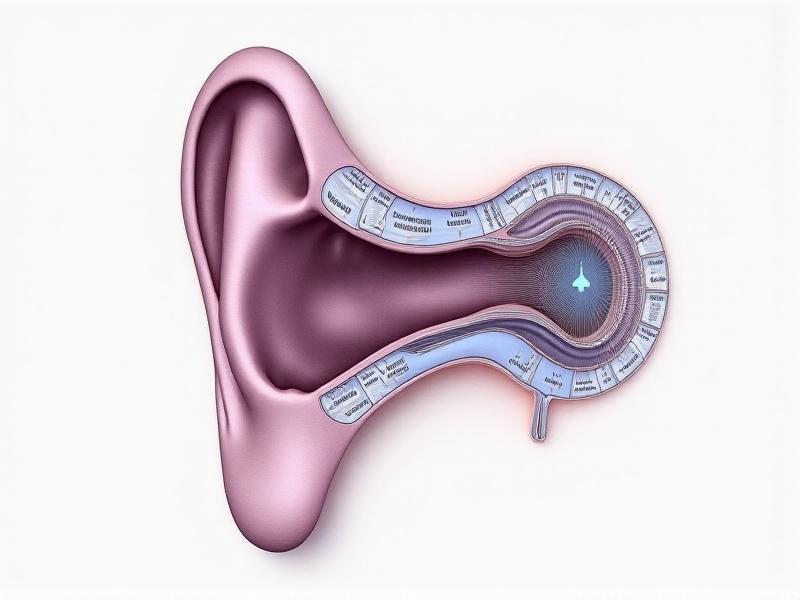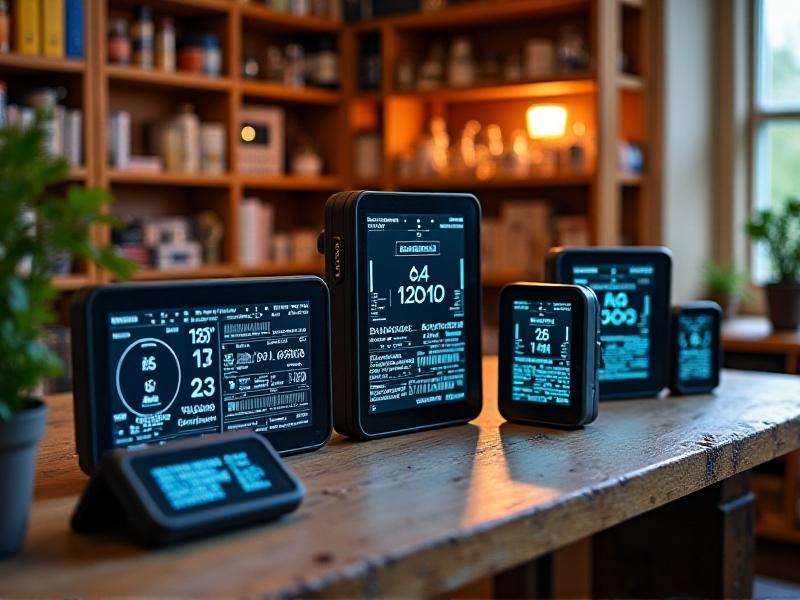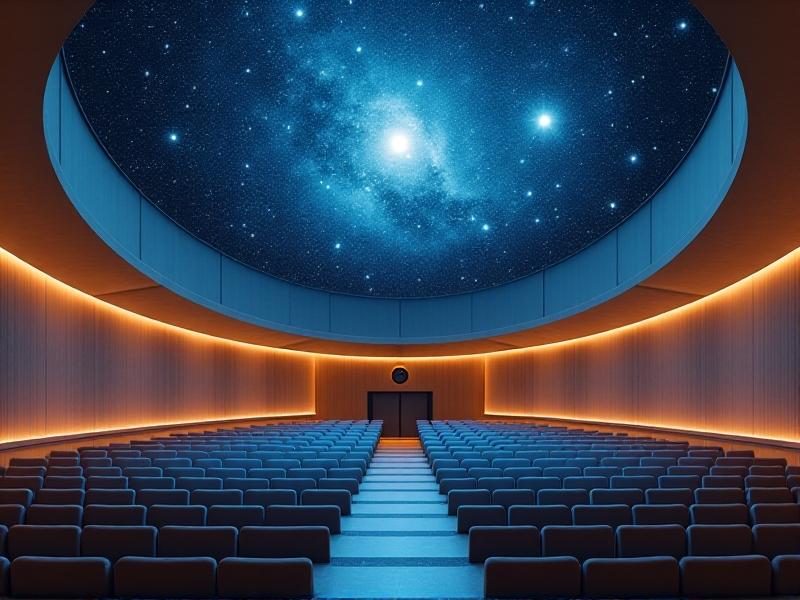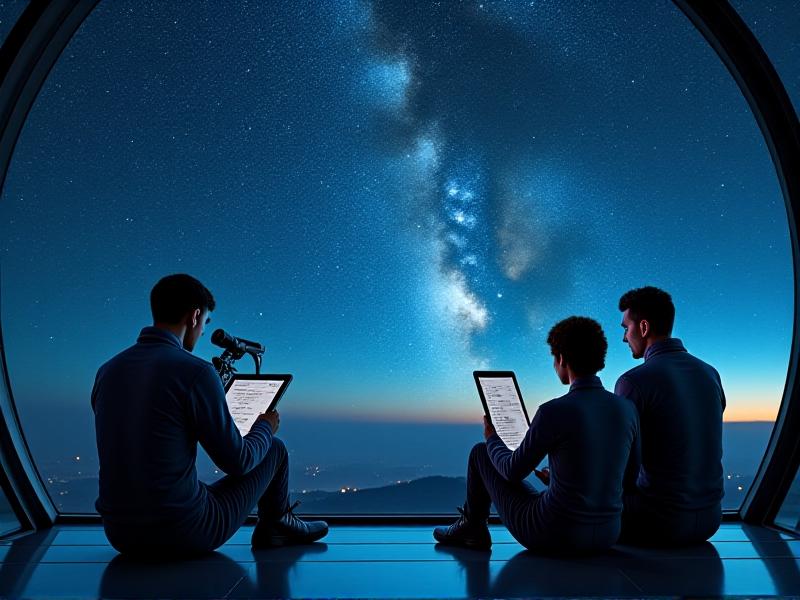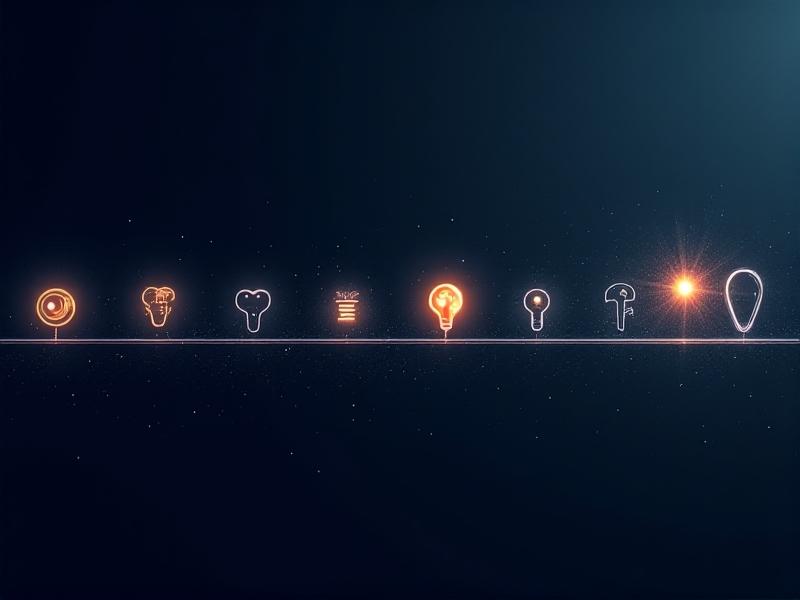Closed-Captioning Standards for Astronomy Conference Live Streams
The Importance of Closed-Captioning in Astronomy Conferences
Astronomy conferences are a hub for sharing groundbreaking discoveries and fostering collaboration among scientists. However, the accessibility of these events often hinges on the quality of closed-captioning provided during live streams. For individuals who are deaf or hard of hearing, captions are not just a convenience—they are a necessity. Moreover, captions benefit non-native speakers, those in noisy environments, and anyone who prefers reading along with audio. In the context of astronomy, where complex terminology and nuanced discussions are common, accurate and timely captions ensure that the content is comprehensible to all.
Beyond accessibility, closed-captioning enhances the overall user experience. It allows viewers to follow along even when the audio quality is poor or when speakers have heavy accents. For astronomy conferences, where the stakes are high and the information is often highly technical, the margin for error in captioning is slim. Misinterpretations or omissions can lead to misunderstandings, which is why adhering to high standards in closed-captioning is crucial.
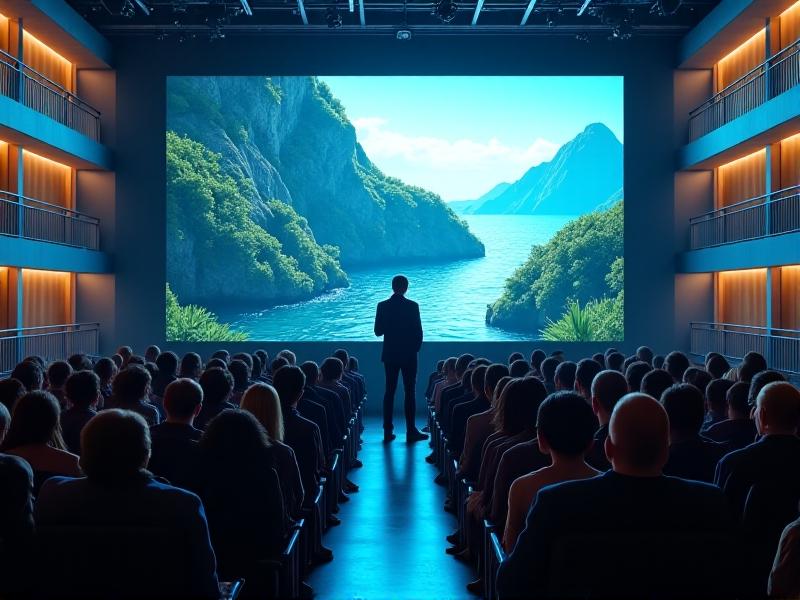
Challenges in Captioning Technical Content
Astronomy is a field rich with specialized terminology, from "exoplanets" and "neutron stars" to "cosmic microwave background." Captioning such content requires more than just a basic understanding of the language—it demands expertise in the subject matter. Live captioners must be able to quickly process and accurately transcribe complex concepts, often with little room for error. This is particularly challenging during live streams, where real-time captioning leaves no time for post-editing.
Another challenge is the speed at which speakers present their material. Astronomy conferences often feature rapid-fire presentations, with speakers rushing to cover as much ground as possible within a limited timeframe. This can make it difficult for captioners to keep up, especially when dealing with unfamiliar terms or acronyms. To address this, some conferences employ pre-prepared scripts or glossaries, but this approach is not always feasible for panel discussions or Q&A sessions, where the conversation is more spontaneous.
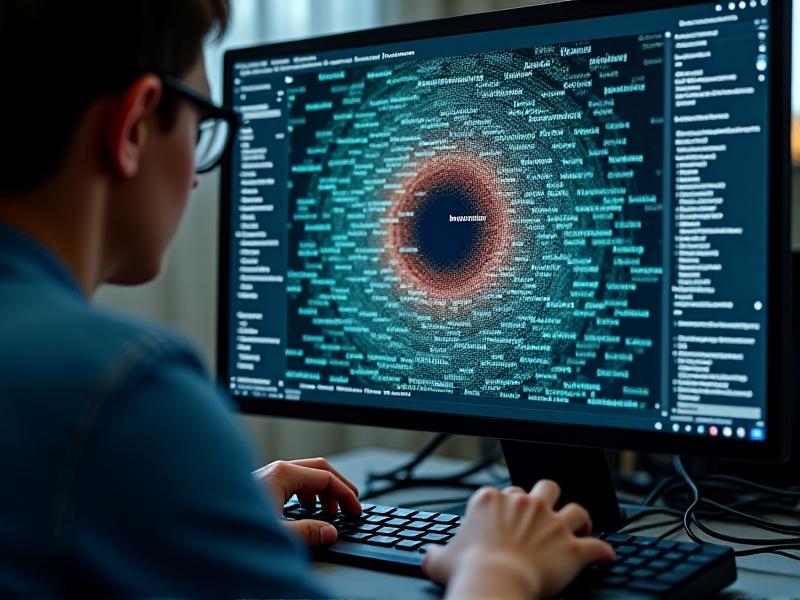
Standards for Accuracy and Timeliness
Accuracy is the cornerstone of effective closed-captioning. In astronomy conferences, where the information being shared can have significant implications, even minor errors in captions can lead to confusion or misinterpretation. To ensure accuracy, captioners must have a strong grasp of the subject matter and be able to verify terms and concepts on the fly. Additionally, they should be trained to recognize and correct common errors, such as misheard words or incorrect punctuation.
Timeliness is equally important. Delayed captions can disrupt the flow of the presentation and make it difficult for viewers to follow along. In live-streamed events, the goal is to keep the delay between the spoken word and the captions to a minimum, ideally under a few seconds. Achieving this requires a combination of skilled captioners, reliable technology, and efficient workflows. Some conferences use AI-powered captioning tools to assist human captioners, but these tools must be carefully monitored to ensure they meet the required standards.

Accessibility and Inclusivity in Astronomy
Accessibility is a fundamental principle of inclusivity, and closed-captioning plays a vital role in making astronomy conferences accessible to a wider audience. For individuals with hearing impairments, captions are often the only way to fully participate in these events. However, accessibility goes beyond just providing captions—it also involves ensuring that the captions are easy to read and understand. This means using clear fonts, appropriate colors, and proper formatting to enhance readability.
Inclusivity also extends to non-native speakers and those with different learning preferences. Captions can help bridge language barriers and provide additional context for complex topics. For astronomy conferences, which often attract international participants, this is particularly important. By prioritizing accessibility and inclusivity, conference organizers can create a more welcoming and equitable environment for all attendees.
Technological Solutions for Live Captioning
Advancements in technology have revolutionized the field of live captioning, making it easier and more efficient to provide high-quality captions for astronomy conferences. AI-powered tools, for example, can transcribe speech in real time with impressive accuracy. These tools can be particularly useful for handling technical terminology, as they can be trained on specialized vocabularies. However, they are not infallible and often require human oversight to correct errors and ensure the captions meet the necessary standards.
Another technological solution is the use of speech-to-text software, which can be integrated into live-streaming platforms to provide instant captions. This approach is cost-effective and scalable, making it an attractive option for smaller conferences with limited budgets. However, the quality of the captions can vary depending on the software used and the clarity of the audio. For this reason, many conferences opt for a hybrid approach, combining automated tools with human captioners to achieve the best results.
Best Practices for Conference Organizers
For conference organizers, ensuring high-quality closed-captioning requires careful planning and coordination. One of the first steps is to hire experienced captioners who are familiar with the subject matter. This can be done by working with specialized captioning services or by recruiting captioners with a background in astronomy. Additionally, organizers should provide captioners with access to presentation materials, such as slides and scripts, to help them prepare in advance.
Another best practice is to test the captioning system before the event to identify and address any potential issues. This includes checking the audio quality, ensuring the captions are synchronized with the video, and verifying that the captions are displayed correctly on all devices. During the event, it’s important to have a dedicated team on hand to monitor the captions and make adjustments as needed. By following these best practices, organizers can ensure that their conferences are accessible to all attendees.
The Future of Closed-Captioning in Astronomy
As technology continues to evolve, the future of closed-captioning in astronomy conferences looks promising. Advances in AI and machine learning are expected to further improve the accuracy and efficiency of live captioning, making it easier to provide high-quality captions for even the most technical content. Additionally, the growing emphasis on accessibility and inclusivity is likely to drive increased investment in captioning technologies and services.
One exciting development is the potential for real-time translation of captions into multiple languages, which could make astronomy conferences even more accessible to a global audience. Another possibility is the integration of captions with augmented reality (AR) and virtual reality (VR) platforms, allowing attendees to experience conferences in new and immersive ways. As these technologies continue to mature, they have the potential to transform the way we think about accessibility in astronomy and beyond.



